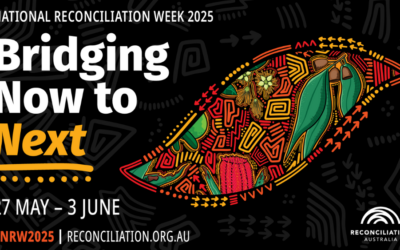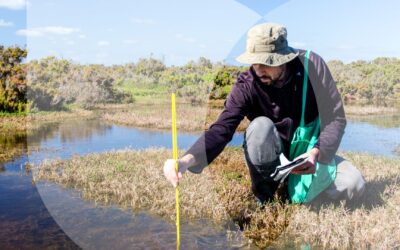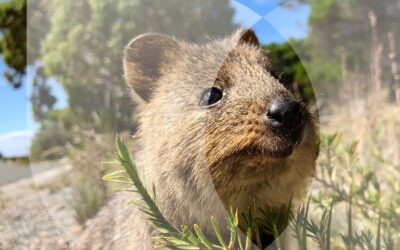By state political reporter Nicole Asher ABC News

Criminals are preying on Victorians struggling to pay their power bills this winter by flogging stolen firewood.
Authorities are concerned by the escalating number of commercial operators dealing in black market firewood, a trend they say is rising in line with cost-of-living pressures.
Exclusive data from the Victorian government’s Conservation Regulator shows the number of trees being cut down from protected forests each year could cover the MCG nearly 180 times over.

“This is not small quantities of timber, it’s quite significant scale,” chief conservation regulator Kate Gavens told the ABC.
“We’re seeing that up to 9000 trees [are] being taken per annum across Victoria.”
Since 2021, the incidence of trees being cut down illegally from the Victorian bush doubled.
“These are really criminal elements — these are people who were taking advantage of a black market industry, and seeing the opportunity to sell to unsuspecting consumers,” Ms Gavens said.
The Conservation Regulator has overseen 30 convictions for illegal firewood harvesting in the past two years. And in the same time frame, the regulator — along with Parks Victoria, and the Department of Energy, Environment and Climate Action — issued a total of 540 individual charges.

The chief conservation regulator described the problem as systematic, requiring the use of specially trained intelligence staff.
She said it was that cumulative impact that was causing such concern, including the removal of habitat trees and trees of cultural significance.
“This is not an isolated issue. It’s a really systemic issue that we’re seeing across our forests,” Ms Gavens said.
“The trees that we’re seeing targeted by illegal operators, sometimes these are Aboriginal scar trees, they’re hollow-bearing trees that are the homes to our native species,” Ms Gavens said.
Authorised officers patrolling the state’s bushland, or running detailed investigations, are key to cracking down on the crime, and target areas of high conservation or cultural significance.

“There’s a lot of legwork involved, there’s a lot of trawling through camera footage to find potential people of interest and following those cases through,” said the chief conservation regulator.
Brady Childs leads a Conservation Regulator task force focused on disrupting environmental criminals.
“There are a number of drivers in the illegal trade of firewood and theft — cost of living is one of those for sure,” Mr Childs said.
In one area near Mount Disappointment, he said officers had identified more than 80 trees cut down over a 300-metre stretch of bushland.

A track had even been carved into the forest so vehicles could easily cart the wood out in trailers.
At another reserve, he said half the mature trees had been cut down by firewood operators.
The tactics Mr Childs’ team relied on to catch illegal firewood harvesters were similar to those more often deployed by police officers.

Those included search warrants, community reporting and secret cameras trained on trees that were likely to become the target of firewood thieves. But with vast areas of land to patrol and many of the criminals working under the cover of darkness, it was a difficult task.
Covert cameras and sting operations
On a cold morning, the ABC was invited to join Mr Childs and his Parks Victoria colleague Chris Mercier as they inspected an area of forest north of Melbourne for evidence of illegal firewood harvesters.
At a site in the Reedy Lake Wildlife Reserve, their four-wheel-drive slowed to take a closer look at a tree stump, likely felled the night before our visit.

With the smell of sawdust still lingering in the air, the pair, decked out in tactical vests complete with body cameras, measured the freshly sawn stump and identified fresh wheel marks in the soft dirt.
“You can tell this tree hasn’t been cut down by a professional,” Mr Childs said of the cut straight across the old trunk.
“We definitely see people operating in groups at times where they’ll come in with numerous trailers and vehicles.”
They estimate the wood harvested from the tree could net at least $1000 when sold for domestic firewood.

In general, the trees targeted for firewood were often dead trees, possibly centuries old, and home to native birds and animals.
The habitat hollows in many of the trees took around 80 years to develop after a limb fell, Mr Childs explained.
Households relying on wood fires
According to estimates from a 2020 CSIRO report, Victoria topped the country for tonnes of firewood consumed.
“There’s a lot of vulnerable people out there that rely on firewood for heating and cooking,” Mr Childs said while stressing the importance of sourcing that wood from legal operators.
The CSIRO found 25 per cent of households surveyed in Melbourne used firewood, compared to 35 per cent of regional Victorians. The vast majority of that was for heating.
About a third of firewood users across the country bought their wood from a commercial supplier, while another third sourced wood from a private seller, it reported.
The Firewood Association Australia (FAA) has recorded an increase in the number of people either turning to their existing wood fires, or installing new wood fires since the pandemic.

FAA general manager Dane McGreevy said illegal operators had long plagued the sector, but he believed the issue was exacerbated by the closure of the state’s native timber harvesting industry.
“There’s now a hole in the market,” he said.
“Unfortunately we’re in a real demand-driven market at the moment for firewood, especially sustainably harvested and sourced firewood.
“With the absence of a legal market, a black market will appear.”
Mr McGreevy said the black market sellers were causing frustration for those operating within the law, and were ripping off members of the public trying to buy wood in good faith.
“It’s not a great place to be to have to purchase your firewood to heat your home from an illegal source criminal source,” he said.
His organisation had over time done work with the Conservation Regulator to crack down on dodgy harvesters. But Mr McGreevy believed it was an impossible battle if only fought on the ground.
“It is very much a needle in the haystack … about 30 per cent of our state’s covered by trees. How many feet on the ground can you really have there?” he said.
“What we propose in these situations is for the authorities and the governing bodies to focus on point of sale.
“If it is sold through Marketplace or through Gumtree, we need sting operations to find where they’re getting it from.”

Those working on the frontline at the Conservation Regulator believe members of the public also hold a responsibility to source their firewood correctly.
“When you’re looking to buy your firewood, just ask a few simple questions about where the wood’s come from, whether the person who’s selling the wood’s got an ABN, whether they can provide a receipt,” Ms Gavens said.
“It starts to give you an indication of whether the wood has been sustainably and legally sourced. If it’s coming from state forests, then you know that it’s not going to be a legally sourced product.”
This article originally featured on ABC News on Tuesday 16 July 2024.










